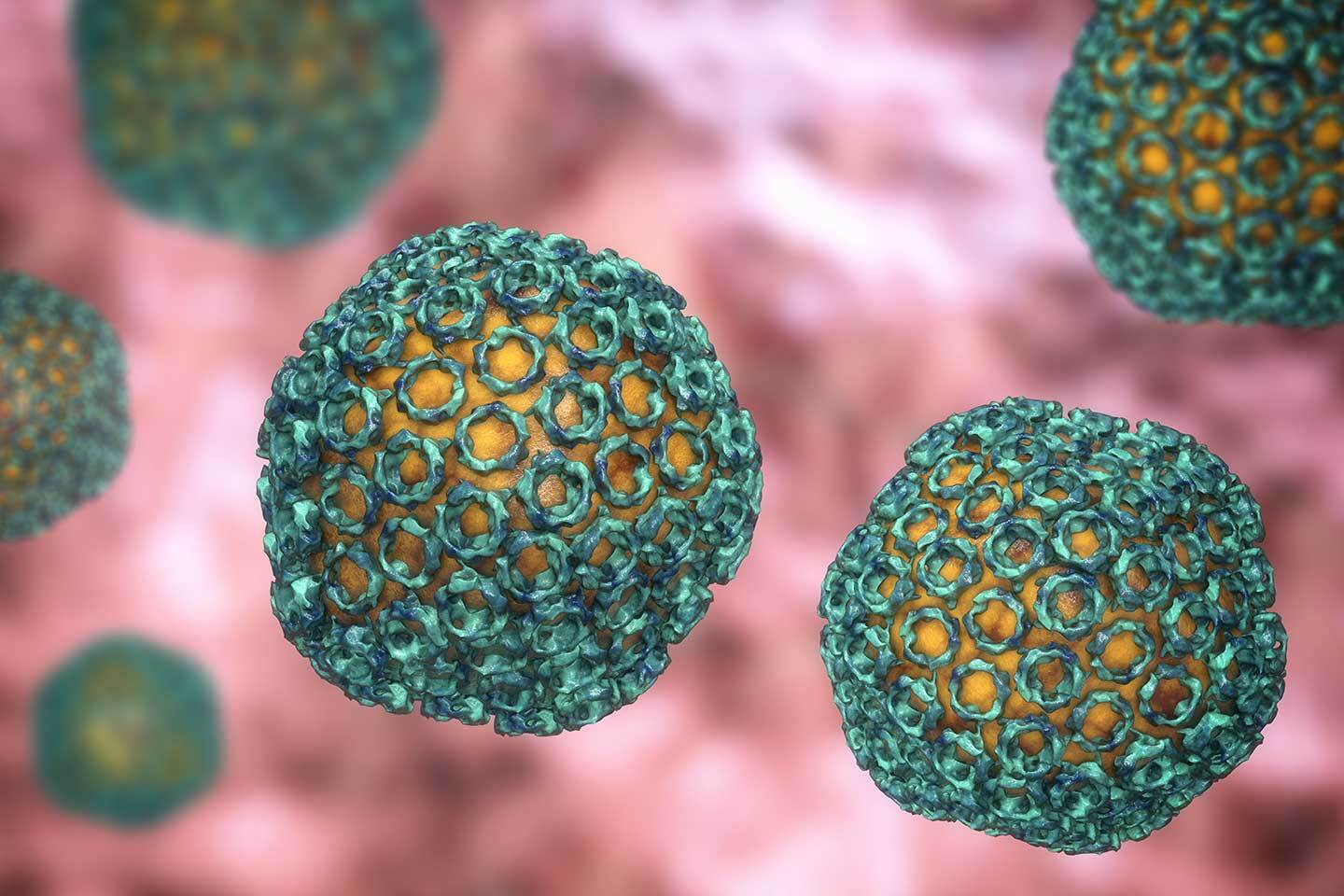
Argentine Hemorrhagic Fever (AHF) is a serious illness caused by the Junin virus, primarily affecting rural areas of Argentina. This disease spreads through contact with infected rodents or their droppings. Symptoms often start with fever, headache, and muscle pain, progressing to more severe conditions like bleeding and neurological issues. Early diagnosis and treatment are crucial for survival. The vaccine Candid #1 has proven effective in preventing AHF, but awareness and preventive measures remain vital. Understanding AHF's impact on communities and the importance of public health initiatives can help reduce its spread. Let's dive into 25 essential facts about this life-threatening disease.
What is Argentine Hemorrhagic Fever?
Argentine Hemorrhagic Fever (AHF) is a severe viral disease caused by the Junín virus. It primarily affects agricultural workers in rural Argentina. Let's dive into some intriguing facts about this disease.
-
AHF was first identified in 1958 in the Pampas region of Argentina. It emerged among agricultural workers handling crops.
-
The Junín virus is the culprit behind AHF. This virus belongs to the Arenaviridae family, which also includes the Lassa virus.
-
Transmission occurs through rodent contact. The virus spreads via the urine, saliva, or droppings of infected rodents, particularly the Calomys musculinus species.
-
Symptoms resemble the flu initially. Early signs include fever, fatigue, and muscle aches, making it hard to diagnose at first.
-
Severe symptoms can develop. As the disease progresses, patients may experience bleeding, neurological issues, and shock.
-
The mortality rate can be high. Without treatment, AHF has a fatality rate of 15-30%.
How is Argentine Hemorrhagic Fever Diagnosed?
Diagnosing AHF can be challenging due to its initial flu-like symptoms. Here are some key facts about the diagnostic process.
-
Early diagnosis is crucial. Timely identification can significantly improve the chances of survival.
-
Blood tests are essential. Laboratory tests can detect the presence of the Junín virus in blood samples.
-
PCR tests are used. Polymerase Chain Reaction (PCR) tests help identify viral RNA, confirming the infection.
-
Serological tests detect antibodies. These tests can identify antibodies produced in response to the virus.
-
Differential diagnosis is necessary. Doctors must rule out other diseases with similar symptoms, such as dengue or leptospirosis.
Treatment and Prevention of Argentine Hemorrhagic Fever
Effective treatment and preventive measures are vital in managing AHF. Let's explore some important facts about these aspects.
-
Ribavirin is the primary treatment. This antiviral medication can reduce the severity of the disease if administered early.
-
Supportive care is essential. Patients may require fluids, blood transfusions, and other supportive treatments.
-
A vaccine exists. The Candid #1 vaccine has been developed to protect against AHF.
-
Vaccination campaigns are ongoing. Efforts to vaccinate at-risk populations in Argentina have been implemented.
-
Rodent control is crucial. Reducing rodent populations in agricultural areas helps prevent the spread of the virus.
The Impact of Argentine Hemorrhagic Fever on Society
AHF has had significant social and economic impacts, particularly in rural Argentina. Here are some noteworthy facts.
-
Agricultural workers are most affected. Those working in fields are at the highest risk of contracting the disease.
-
Economic losses are substantial. Outbreaks can lead to decreased agricultural productivity and financial strain on affected communities.
-
Public health efforts are ongoing. The Argentine government and international organizations continue to work on controlling and preventing AHF.
-
Education is key. Raising awareness about the disease and its prevention is crucial in reducing its impact.
-
Research is advancing. Scientists are continually studying the Junín virus to develop better treatments and preventive measures.
Historical Outbreaks of Argentine Hemorrhagic Fever
Several notable outbreaks of AHF have occurred since its discovery. Let's look at some historical facts.
-
The first major outbreak was in 1958. This initial outbreak led to the identification of the disease and the Junín virus.
-
The 1970s saw significant outbreaks. During this decade, thousands of cases were reported, prompting increased research and public health efforts.
-
The 1990s brought advancements. The development of the Candid #1 vaccine in the 1990s marked a significant milestone in AHF prevention.
-
Recent outbreaks are less frequent. Thanks to vaccination and improved rodent control, the incidence of AHF has decreased in recent years.
Final Thoughts on Argentine Hemorrhagic Fever
Argentine Hemorrhagic Fever (AHF) is a serious illness caused by the Junin virus. It primarily affects rural areas in Argentina, especially among agricultural workers. Symptoms can range from mild to severe, including fever, bleeding, and neurological issues. Early diagnosis and treatment are crucial for better outcomes. Ribavirin, an antiviral drug, has shown effectiveness in treating AHF when administered early.
Preventive measures, such as vaccination and rodent control, play a significant role in reducing the risk of infection. Awareness and education about AHF are essential for communities at risk. Understanding the facts about AHF helps in recognizing symptoms early and seeking timely medical attention. By staying informed and taking preventive steps, the impact of this disease can be minimized. Stay safe, stay informed, and take action to protect yourself and your community.
Was this page helpful?
Our commitment to delivering trustworthy and engaging content is at the heart of what we do. Each fact on our site is contributed by real users like you, bringing a wealth of diverse insights and information. To ensure the highest standards of accuracy and reliability, our dedicated editors meticulously review each submission. This process guarantees that the facts we share are not only fascinating but also credible. Trust in our commitment to quality and authenticity as you explore and learn with us.


